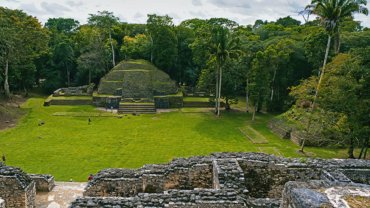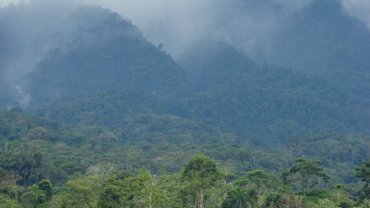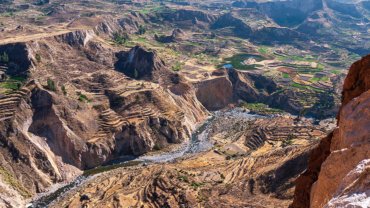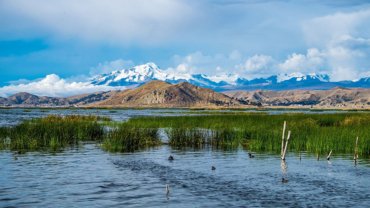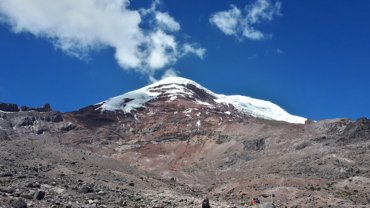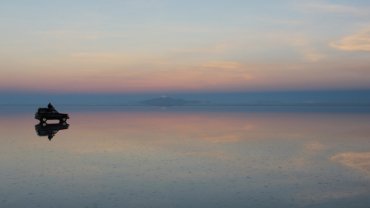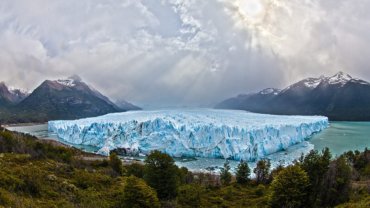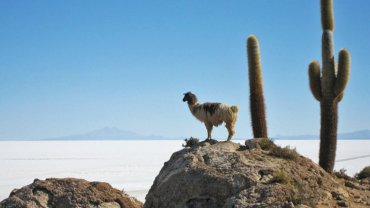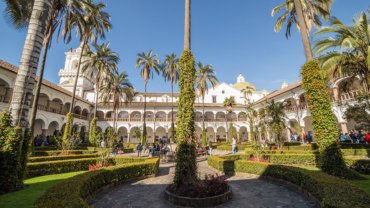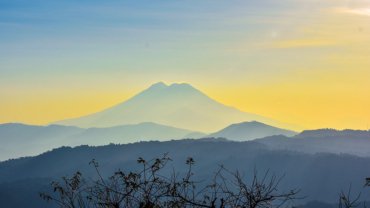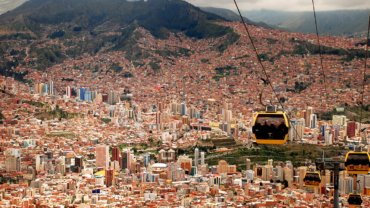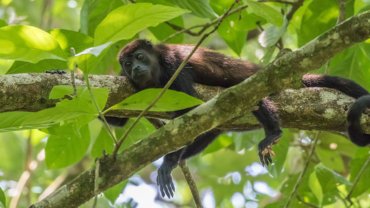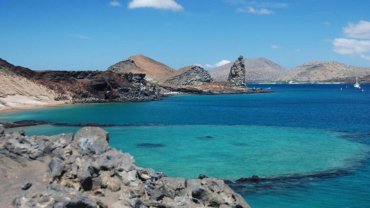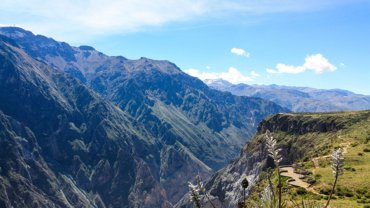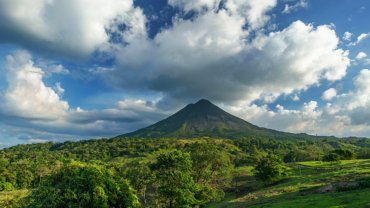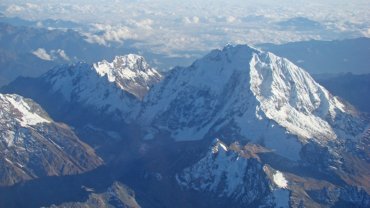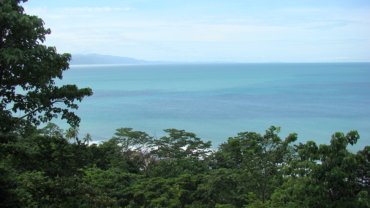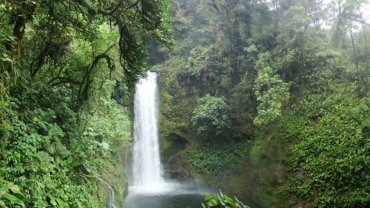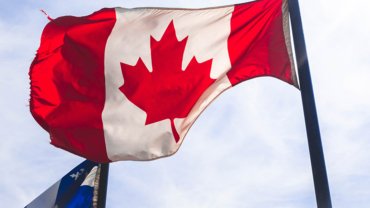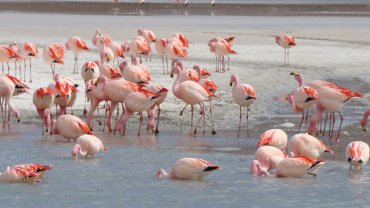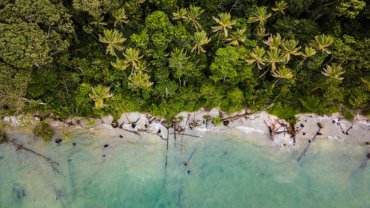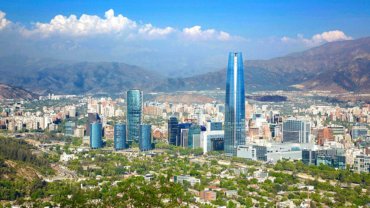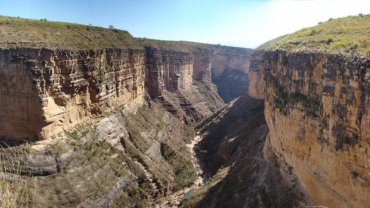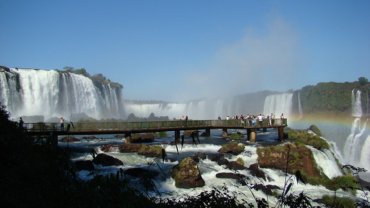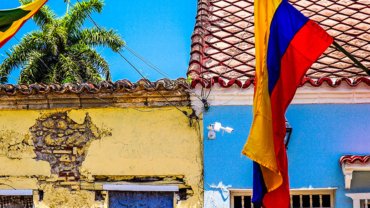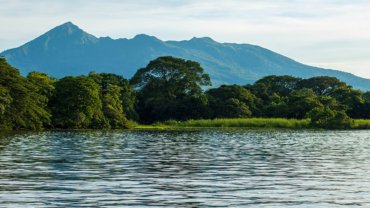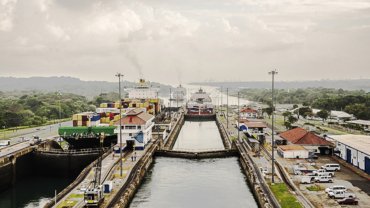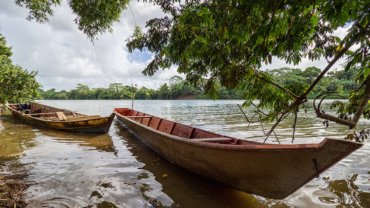
Discover The Americas
Welcome to a continent of vibrant culture, captivating landscapes, and unforgettable adventures – The Americas. From the Arctic tundra of North America to the glacial wilderness of the South, the Americas beckon with promises of unbounded exploration and heart-stirring experiences.
This is where the wonders of Mother Nature blend seamlessly with the bustle of cosmopolitan cities, and where the echoes of ancient civilizations co-exist with the rhythm of modern life. Buckle up, because the Americas have a way of leaving an indelible mark on your traveler’s soul. Happy exploring!
Contents
show
Quick Facts About The Americas
- Countries:
- The Americas comprise 35 independent countries, including island nations in the Caribbean.
- The 3 largest countries are Canada, the United States, and Brazil.
- Additionally, there are 25 non-sovereign territories, including Greenland, which is a territory of Denmark, and the Falkland Islands, a British Overseas Territory.
- Americas’ subregions:
- North America: Includes countries such as Canada, the United States, and Mexico, along with Greenland.
- Central America: 7 countries make up this part of the continent, the bridge between North and South America. It goes from Guatemala and Belize in the north, to Costa Rica and Panama in the south.
- Caribbean: A long string of islands from the larger ones in the north, such as Cuba and Hispañola, to much smaller ones towards the south such as Dominica or St Lucia.
- South America: Encompasses 13 countries from Colombia in the north, all the way to Argentina and Chile in the south, including Brazil, Peru, Bolivia, and others.
- Languages:
- Spanish and English are the two most widely spoken languages in the Americas due to the large populations of countries like the United States, Mexico, and many Latin American countries.
- Portuguese is the third most spoken language, mainly because of Brazil’s large population.
- The Americas are home to a vast number of indigenous languages, many of which are still spoken today, such as Quechua, Nahuatl, and Guarani.
- Religions:
- The Americas host a wide array of religious beliefs due to their diverse cultural history.
- Christianity, in its various denominations, is the most practiced religion across both continents.
- Catholicism is particularly dominant in Latin America and parts of Canada, while Protestantism is more prevalent in the United States.
- There are also substantial communities of Jews, Muslims, Hindus, Buddhists, and followers of traditional indigenous religions. Atheism and agnosticism are also significant, especially in the United States and Canada.
- The Americas are also the birthplace of several new religious movements, such as the Latter Day Saint movement, Rastafari, and various New Age movements.
The Americas, A Continent of Many Records
- The Americas cover an area of about 42.55 million km² (16.43 million square miles), making it the second largest continent on Earth, and is home to over a billion people.
- Canada is the second-largest country in the world with almost 10 million square kilometers. The United States is the third most populous country in the world, with over 331 million people. Following closely is Brazil, with a population surpassing 211 million.
- The Amazon Rainforest, predominantly located in Brazil, is the world’s largest tropical rainforest, covering an area of approximately 5.5 million km² (2.1 million square miles). It is often referred to as the “lungs of the Earth”.
- The Andes mountain range, stretching across seven South American countries, is the world’s longest continental mountain range, spanning approximately 7,000 km (4,350 miles).
- Aconcagua, located in the Andes in Argentina, is the highest mountain in the Americas, reaching an altitude of 6,960.8 meters (22,837 feet).
- The Amazon River, which flows through Brazil and Peru, is considered the world’s largest river by volume and is thought to be the second longest, only surpassed by the Nile.
- The Great Lakes, shared by the United States and Canada, form the largest group of freshwater lakes in the world by total area, covering over 244,000 km² (94,000 square miles).
- The Atacama Desert in Chile is known as the driest place on Earth. Some weather stations in the Atacama have never recorded a single drop of rain.
- Death Valley, located in the Mojave Desert in the United States, holds the record for the highest recorded temperature on Earth at 56.7°C (134°F), measured in July 1913.
- Yellowstone National Park, in the United States, is recognized as the world’s first national park, established in 1872, and is also home to the world’s most geologically active region with over 10,000 thermal features and more than 300 geysers.
- The Great Barrier Reef in Belize is the largest barrier reef in the northern hemisphere and the second-largest coral reef system in the world after Australia’s Great Barrier Reef.
